By Jennifer Slagus and Callie Hammond There is something endlessly energizing about reading new things—whether it’s an anxiously-awaited release, a long-term tenant on your TBR-list, or the research of an emerging scholar (maybe we’re a little biased on that last one). Members of the CLA Student Committee are privileged to do just that: to read exciting books and write about all the exciting ways they can be used in classrooms to improve the lives and learning of our students. Much of our work as early career researchers highlights critical pieces of children’s literature that attend to the social, cultural, and political contexts of our real and literary worlds. We want to share a few recently published, award-winning books relevant to our doctoral research that highlight young peoples’ bravery and acts of resistance. All three are critical, impactful reads worth embedding in each of our classrooms in 2024. Jennifer Slagus I’m a huge fan of books by authors who share a lived reality with their characters. As a neurodivergent researcher, I strive to highlight middle grade novels that help to restory the perceptions of who neurodivergent people are (and who they’re allowed to be). There have been many fabulous authors in the past five years or so who have contributed books that do just that. But one author sticks out to me as an exceptional advocate for neurodivergent acceptance: Sally J. Pla. She’s an autistic middle grade author and the founder of A Novel Mind, a website that centers mental health and neurodiversity representation in children’s fiction. ANM has been a gold mine for my research. Not only does it feature a vibrant blog and a ton of educator resources, but it also has a database of over 1,150 children’s books featuring mental health and neurodiversity representation.
Callie Hammond As a middle school teacher for ten years, I often utilized picturebooks to engage my students and to teach discrete skills, usually about grammar, and to illustrate writing techniques. These lessons had varying success—sometimes the 7th graders would be open to reading a picturebook, other times they rolled their eyes and refused to participate. The most successful picturebooks that I ever brought into my classroom though had nothing to do with grammar or writing, they had to do with Anne Frank. I taught her diary to 6th graders who, unless they were readers themselves and had already discovered World War II fiction, had no knowledge of the Holocaust or how Jews were treated in the years preceding the war. My Anne Frank picturebook collection featured many books about Anne (there are a lot of them out there), but also books that explained significant parts of the war: the night of broken glass, Jewish resistance, children in concentration camps, children who also hid during the war, and many others. Now, as a doctoral student in English education, I have come full circle to analyze the stories of Jewish female protagonists in YA novels about World War II, and representations of the Holocaust in picturebooks. Two of these picturebooks were published in 2023 and feature stories and information that our students need and can learn from. Both books were also just named Notable Books for a Global Society Award for 2024. As is fitting for a book about a traumatic historical event, both are nonfiction and have extensive back matter to explain the stories. Utilizing both of these picturebooks in the classroom with older students can prep them for the heavier history or readings a teacher might soon introduce. They also provide picture evidence of hardships and bravery without being too macabre. Jennifer Slagus is a doctoral candidate at Brock University in Ontario, Canada and Coordinator of Research & Instruction at the University of South Florida Libraries. Jennifer’s doctoral research focuses on representations of neurodivergence in twenty-first century middle grade fiction. Callie Hammond is a doctoral student at North Carolina State University in Raleigh, North Carolina. Callie’s doctoral research focuses on accessing historical knowledge when teaching literature that involves the Holocaust and using critical content analysis to analyze and understand representations of the Holocaust in children’s picturebooks. CLA Student Committee Members
By Andrea M. Page and Jackie Marshall ArnoldWe invite you to the Children's Literature Assembly’s annual event at the 2023 NCTE Convention. Enjoy breakfast with our Keynote Speaker, award-winning author Traci Sorell. The breakfast is Sunday, November 19th, from 7:00am to 8:45am EST in Short North A of the Grand Columbus Convention Center.
If you are a veteran of our CLA Breakfast, you already know what an amazing experience it is! If you have not had the opportunity yet, we invite you to join us for Sunday’s breakfast with an incredible author. Find out what you’ve been missing. The CLA Breakfast is a wonderful opportunity to meet others who are passionate about children’s literature, engage in learning from Traci Sorell, and perhaps go home as a winner of a robust set of award-winning books or an original piece of beautiful art! We hope to see you there! Andrea M. Page (Hunkpapa Lakota) is a board member of the Children’s Literature Assembly and serves as the Co-Chair for the 2023 CLA Breakfast Committee. She is a children’s author, educator and speaker. She lives in Rochester, NY. Jackie Marshall Arnold is a member of the Children’s Literature Assembly and serves as the Co-Chair for the 2023 CLA Breakfast Committee. She is an associate professor at the University of Dayton in Dayton, OH. Barbara Zulant Kiefer |
|
My first presentation for Barbara’s class was on the Brambly Hedge series. I had read the books before (in Spanish), but she encouraged me to look deeper: to put the child’s eye at the center; to see how color, and perspective, and composition convey meaning; how images and words combine to create this wonderful world for us to enter and explore as we read. We later went together on a study trip to Britain, and it was hard not to see glimpses of Brambly Hedge as we drove across the countryside and discussed fantasy books.
I traveled all the way from Colombia to study with Barbara, and she not only guided me along the way, but also made me feel right at home. |
Knock at a Star: A Child’s Introduction to Poetry by X. J. Kennedy and Dorothy M. Kennedy
Submitted by Lisa Pinkerton
|
As a doctoral student at The Ohio State University, I had the privilege of co-teaching the Poetry for Children course with Barbara. I gained a deep appreciation for children’s poetry. Each week, Barbara brought a stack of books to class featuring a wide range of poetry tones, topics, and themes, from serious to silly, sports to school, and seasons to science. We immersed ourselves in poetry. Barbara believed that poetry for children “should reflect the real emotions of childhood,” rather than being “coy, nostalgic, or sentimental.” (1) Many of the best children's poems feel joyful, sad, angry, or fanciful - all the emotions that real children experience. This semester, I’m teaching Poetry for Children and I’m so grateful that Barbara’s poetic sensibility has left its indelible mark on the course and on my teaching.
|
Where the Wild Things Are by Maurice Sendak
Submitted by Melissa Wilson
|
The Merriam Webster Dictionary’s changes the spelling to picture-book.
Google puts a blue line under the word. Word puts the dreaded red squiggle under it. I’m not sure how Adobe Acrobat feels about its spelling. But I do know how Barb Kiefer felt. It was always one word—no space, no hyphen—just one word. When I asked her why she spelled the word that way, she was very clear. A picturebook has text and illustrations that amplify each other; they don’t stand alone. And then she would pull out a picturebook (my favorite example was Where the Wild Things Are) and show you how it worked. There was no space between the pictures and the book’s text. Picturebook—now every time I get the red squiggle or blue line or spell checked, I smile and remember Barb! |
The Potential of Picturebooks: From Visual Literacy to Aesthetic Understanding by Barbara Z. Kiefer
Submitted by Trish Bandré
|
While studying at The Ohio State University, Janet Hickman, my adviser, recommended Barbara’s book. I had always been drawn to picturebooks and was compelled to learn the “why” as well as the “what” of this unique art form. This book opened my eyes in numerous ways and gave me the words to name and describe what I had loved about picturebooks but didn’t know how to express. A few years later, Dr. Kiefer joined the faculty at OSU, and I was fortunate enough to have her on my dissertation committee. I will always be grateful for her wisdom and insight.
|
The Wall in the Middle of the Book by Jon Agee
Submitted by Kathy G. Short
|
One of Barb’s major contributions to the field was her book on The Potential of Picturebooks: From Visual Literacy to Aesthetic Understanding (1995). She argued that a picturebook is a unique art object in which the images and words combine in a transformative way, so the reader comes away with more than the sum of the parts. Her own love of art and background in the field of art came together with her passion for children’s books to challenge the rest of us to explore the intersection of art and picturebooks in deeper ways. She enjoyed picturebooks that used the design of the book in meaning-making as occurs in The Wall in the Middle of the Book by Jon Agee, where the gutter is an essential element of the story.
|
Shapes, Lines, and Light: My Grandfather’s American Journey by Katie Yamasaki
Submitted by Jongsun Wee
|
It’s no secret that Dr. Kiefer loved picturebooks. She had so much respect for illustrators. Dr. Kiefer emphasized the interdependence of text and pictures in our class at The Ohio State University. She guided us to pay attention to illustrations and think about why the illustrator made certain choices of colors, shapes, lines, and light. In class, we enjoyed finding information hidden in the illustrations. I am forever grateful to Dr. Kiefer for opening the door of the picturebook world to me. I will keep sharing her love of picturebooks with my students.
|
Make Way for Ducklings by Robert McCloskey
Submitted by Cynthia A. Tyson
|
The Potential of Picturebooks: From Visual Literacy to Aesthetic Understanding, was not wisdom at the top of the museums of art mountains, but in one of my children's literature courses, was Barbara, holding open the 1942 Caldecott winner Make Way for Ducklings so gently said, “Isn’t this just beautiful? We should always explore the potential of the picturebook as an art object.” And it is still true, no matter how many books I read—when I go out into the world of children’s literature, I always open my eyes and heart wide for the aesthetic appreciation of the picture book as a work of art.
|
The Mountains of Tibet by Mordicai Gerstein
Submitted by Denise Dávila
|
Prior to studying with Dr. Kiefer, I loved children’s literature. However, I was not attuned to engaging with picturebooks as aesthetic art objects in and of themselves. I remember one evening in which Barbara walked our class through each of Gerstein’s illustrations of The Mountains of Tibet, which School Library Journal describes as “a beautifully gentle look at one human being dealing with life’s choices and possibilities'' via the journey of a Tibetan woodcutter’s death and reincarnation. Because of Barbara, I came to love this book and to appreciate how illustrators’ use of shape and white space advance the story.
|
Blue: A History of the Color as Deep as the Sea and as Wide as the Sky by Nana Ekua Brew-Hammond, illustrated by Daniel Minter
Submitted by Mary Ann Cappiello
|
Taking “The Art of the Picturebook” with Barbara at Teachers College deepened my understanding of the picturebook as both an art form and a teaching tool. Barbara taught me how the art in a nonfiction picturebook - the lines, shapes, and colors; the art historical references; the choice of medium - all work together to convey information to the reader and elicit an emotional response within the reader. In Blue, this year’s Orbis Pictus winner, illustrator Daniel Minter uses contrasts: close-ups and panoramas, warm colors and shades of blue, varying lines and shapes. These all deepen readers’ understanding of and emotional connections to the color blue across different cultural contexts, time periods, and technologies.
|
Yasmin the Painter by Saadi Faruqi, illustrated by Hatem Aly
Submitted by Caitlin L. Ryan
|
One day while I was a graduate student, a conversation with Dr. Kiefer and others turned to nurturing children’s artistic abilities. Barb was frustrated that classrooms too often limited children’s art to basic materials like pencils and crayons on small pieces of paper. She said, passionately, “You’ve got to give them measles!” We were very confused…until we realized she’d said EASELS. Now that sounded like the Barb Kiefer we knew! The momentary misunderstanding was something we laughed about for years, and its message stuck with me. Barb saw every child as an artist. She knew children could see and create in ways that could express ideas about the world and teach us as adults in the process. She’s the reason the covers of Language Arts (2) featured children’s art from 2007-2010, the reason I teach about arts-based responses to literature in my courses, and the reason my son has an easel in his playroom now.
|
Language Arts by National Council of Teachers of English
Submitted by Laurie Katz
|
Barb and I came into the Department of Teaching & Learning at the same time – 2003. I remember being at a faculty meeting before I officially started where I learned that Barb was also coming to the department. Everyone was extremely excited to have someone of her caliber as the Charlotte Huck Chair. Before I started at OSU in Integrated Teaching & Learning, I really didn’t know much about the esteemed reputation of the children’s literature faculty at the university. It wasn’t until I became one of the Language Arts co-editors with Barbara that I learned about the field of children’s literature. Her love, passion, enthusiasm, and expertise permeated throughout the group of editors. One of her roles was being in charge of the 3rd issue of each volume, which was specially geared towards children’s literature. Many of the covers of these issues and others came from Barb’s network, including the two issues above.
|
Hiroshima No Pika by Maruki Toshi
Submitted by Hilary Brewster
|
When I was a doctoral student in the Literature for Children and Young Adults program at The Ohio State University, I was more on the YA side than the kid lit side, having previously taught high school English. However, our program luckily required us to take various children’s literature courses with Dr. Barbara Kiefer. In one of them, she shared with us the heartbreaking and exquisite picturebook Hiroshima No Pika, an account of the nuclear annihilation of the titular city. Not your “typical” children’s book, to be sure. With this lesson and others, Dr. Kiefer taught us that it is not only recommended, but necessary, to integrate potentially troubling literature into classrooms of all levels in order to have conversations about empathy, community, and, subsequently, vulnerability. I have shared this book with my upper-level college students who often cite it as one they, too, remember years later.
|
Adventurous Women: Eight True Stories About Women Who Made a Difference by Penny Colman
Submitted by Evelyn Freeman
|
Barbara and I shared a commitment to increasing the awareness and appreciation of quality nonfiction for children. In February 2006, Barbara organized a symposium at OSU on nonfiction, which featured the author Penny Colman. Penny autographed this book for me at the symposium and wrote a long inscription that referred to my advocacy for nonfiction. Barbara was so knowledgeable about all genres of children’s literature. I will miss her and our wonderful discussions about books.
|
El Deafo by Cece Bell
Submitted by Sara Kersten-Parrish
|
Behind her ubiquitous rolling cart laden with books, I would frequently see Barb grab a title, thrust it at someone and say, “I know you’ll love this.” She took great value in knowing what her students would like to read. Barbara handed El Deafo to me, looked me in the eye, and said, “This book is important for you.” And, it was. When reading El Deafo, I felt seen for the very first time as someone who is deaf like the protagonist and author. Barbara saw me and saw the connection a book could bring.
|
The Ask and the Answer from the Chaos Walking series by Patrick Ness
Submitted by Michele D. Castleman
|
Dr. Kiefer was the queen of sharing books. When I first met her on a visit to OSU, I was amazed by how filled her office was with books. Throughout my time in the program, Dr. Kiefer hooked me on multiple authors and series, of which the Chaos Walking series stands out the most in my memory. When the second book came out in Great Britain, Dr. Kiefer ordered a copy from abroad so she could read The Ask and the Answer as soon as possible. She happily shared her beautiful, British hardcover with a long line of students one-by-one. As a teacher, I have worked to embody Dr. Kiefer’s spirit of creating excitement over young adult and children’s literature. My office is overrun with books. I joke with my colleagues that someday I will die happy under a pile of my fallen books. But, more importantly, I have followed her example and happily share personal copies of my own books with students.
|
Miss Rumphius by Barbara Cooney
Submitted by Ann Neely
|
I first met Barbara Kiefer when we were both participating in a children’s literature conference in Glasgow, Scotland. Like Miss Rumphius on one of her many trips, I knew I had made a friend I’d never forget. We had lovely conversations over a glass of wine at the end of each day… some about children’s literature, of course, others about life as a professor and life in general. And, like Miss Rumphius, Barbara brought beauty to our world!
|
The Grey King by Susan Cooper
Submitted by Bettie Parsons Barger
|
Prior to studying fantasy with Dr. Kiefer, I often overlooked the details that connected past to present. She taught me that the setting is actually a character in fantasy; the time spent developing the storyworld mattered immensely. I could feel the damp, cool air as I walked beside Will Stanton in the dense fog of the Welsh mountains, adding to my suspense. That was one of the biggest joys of learning from Barbara; she broadened my perspective and understanding. Her insights pushed me to think deeply about children's literature in new ways. She challenged me to explore genres and topics I normally avoided and to consider the types of readers who might enjoy them. Her love of this genre, of children’s literature, has deepened my love of the field too.
|
The Book Woman of Troublesome Creek by Kim Michele Richardson
Submitted by Pat Scharer
|
Barbara’s work sharing books was truly a model for us all. She taught classes, worked with individual teachers, wrote books, conducted research and, most of all, shared her love of books. Her office overflowed with books, but if you’d ask her about one–chances are she could find it right away and discuss it with you. She didn’t have an easy road and overcame many challenges, but she knew it was worth it because the impact of books on lives is immense.
|
Wonder Walkers by Micha Archer
Submitted by Erika Thulin Dawes
|
Deepening my passion for picturebooks, Barbara gave me new lenses for viewing them, prompting me to see and experience so much more. Curious at her core, Barbara brought a spirit of inquiry to each book. She modeled how to go beyond, connecting with authors and asking questions about their composing and illustrating processes. Barbara provided new perspectives on the potential of children’s books across the curriculum and insights on how to get to know a wide range of young readers to build engaged communities. Learning with Barbara meant Wonder Walking through the world of books. I’m so grateful for the journey.
|
Koala Lou by Mem Fox, illustrated by Pamela Lofts
Submitted by Erin Reilly-Sanders
|
One of the first activities I remember from a Barbara Kiefer-style children’s literature class compared Koala Lou by Mem Fox (illustrations by Pamela Lofts) with Love You Forever by Robert Munsch (illustrations by Sheila McGraw). The viewpoint of a small koala trying to win her mother’s love through athletic prowess starkly contrasted to a parent’s (occasionally creepy) expressions of love as their child grows up, demonstrating that not all books read or marketed to children are written through their perspective. Above all, Barbara stressed the importance of adults “getting” children’s literature and the perspective that will best speak to its intended audience. Today, her quick discernment echoes in my mind as I read and share great books that have the child’s eye at the center.
Barbara, we Do love you! We always have, and we always will. |
Lisa Pinkerton is an Associate Clinical Professor at The Ohio State University. Her current roles with CLA include serving as a Board Member and as an Expert Class Co-Chair.
Erin Reilly-Sanders is an architect at Schooley Caldwell Associates and an independent scholar with a doctorate in children's literature from The Ohio State University.
Additional Tribute Comments
By Kathryn Will, Michelle Ladd, and Calli Leach
Felicita Sala’s illustrations are warm and inviting and capture the powerful emotions in the book. You may explore more about her work and illustrative process on her website.
This video is another resource that allows children to watch a time-lapsed growth of a walnut:
After reading the book, children might consider family heirlooms they have in their house, the people who had them before, and what was happening during the historical periods of the life of the object. This will allow them to make connections between the book and their lives as they ponder item representation and the values that they may hold.
An interview with Anne Yvonne Gilbert is another resource that can give children additional information about her writing and illustrating processes.
If you are interested in learning about how James Christopher Carroll created the book, check out the video below.
After reading the book, reread the text, pulling out the rich descriptions of winter as a class. Then, with consideration of the current season, go out for a walk, asking students to collect observations and noticings. Share these, thinking about the ways you might add descriptors and specificity to the collection. Use this rich word back to write a seasonal poem or a class book.
1. Appealing format,
2. Enduring quality,
3. Exemplary quality for their genre, and
4. Meeting one or more of the following:
a. Use of language: play on words, word origins, history of language
b. Uniqueness in use of language or style
c. Invitation of child response or engagement
We are really excited about the 2023 NCBLA list and hope you are too!
Committee members:
Kathryn Will, Chair, University of Maine Farmington
Patrick Andrus, Eden Prairie School District, Minnesota
Dorian Harrison, Ohio State University at Newark
Joyce Herbeck, Montana State University
Laura Hudock, Framingham State University, Massachusetts
Lynette Smith, Walden University, Pennsylvania
Fran Wilson, Madeira Elementary School, Ohio
Michelle Ladd is a preservice teacher at the University of Maine at Farmington. She is a nontraditional student and a mother to three young children. She hopes to one day inspire creativity and foster individuality in a PreK-3rd grade classroom.
Calli Leach is a preservice teacher at the University of Maine at Farmington. She is passionate about helping her future students develop a love for reading and writing, as well as being a 4-H volunteer for the state of Maine.
By Lisa Pinkerton, S. Adam Crawley, and Sara K. Sterner
The 29th annual Master Class is titled "Books as Lighthouses: Using Children’s Literature to Illuminate and Provide Hope in the Darkness of Sexual Abuse." This year’s session will take place on Saturday, November 19th from 6:00-7:15 p.m. (Pacific) in Anaheim, CA.
The 2022 Master Class is organized around a moderated panel, followed by a discussant led Q&A with the following esteemed authors, illustrator, translator, and editor of children’s literature:
Paula Chase-Hyman is the author of nine middle grade and young adult books. So Done, her critically acclaimed middle grade debut, was named a 2018 Kirkus Reviews Best Book and was followed by two more books in the series: Dough Boys and Turning Point. She is also the author of the young adult series, Del Rio Bay Clique. Co-founder of the award-winning blog, The Brown Bookshelf, Paula is a longtime “advocate for diversifying the type of fiction featuring Black characters that’s highlighted among educators, librarians and parents” (author website).
|
Valérie Fontaine is the author of The Big Bad Wolf in My House, her first book to be translated into English. A Quebec writer and French-language author, Valérie has published more than thirty-five books for young people. She frequently visits schools to share her books with children and teachers. Each week, she can be found reading stories to children live on Facebook. Valérie shares that she “loves writing books as much as she loves reading and talking about them” (https://houseofanansi.com).
|
|
Nathalie Dion is the illustrator of The Big Bad Wolf in My House. An award-winning freelance illustrator based in Montreal, she studied Design Arts at Concordia University. Nathalie exhibits her work in art galleries and museums, and she works on commissioned assignments in both editorial and children’s book illustration. Her favorite artistic tools are her Cintiq tablet and her numeric paintbrushes.
|
|
Shelley Tanaka is the translator of The Big Bad Wolf in My House. She is a Canadian award-winning author, translator, and editor. She has written and translated more than thirty books for children and young adults. Among the many awards that Shelley has won are the Orbis Pictus Award, the Mr. Christie’s Book Award, and the Science in Society Book Award. Shelley teaches at the Vermont College of Fine Arts in the MFA Program in Writing for Children and Young Adults.
|
|
Betsy Bird, the panel moderator, is a children’s author, librarian, podcaster, blogger, and reviewer. She is the Collection Development Manager of Evanston Public Library and the former Youth Materials Specialist of New York Public Library. Betsy is a frequent blogger at the School Library Journal site: A Fuse #8 Production, where she has reviewed a number of children’s books that address the topic of this master class. She also reviews books for Kirkus and The New York Times and hosts Fuse 8 n’ Kate, a podcast with her sister about classic children’s books.
|
|
Dr. Dorian Harrison, the panel discussant, is an Assistant Professor at The Ohio State University at Newark. With over 15 years of experience in education, she teaches foundational and licensure courses in literacy at the undergraduate and graduate level. Dr. Dorian Harrison’s research explores how equity in literacy education is enacted, paying particular attention to the ways communities of learners are challenging deficit views and practices. Her research is aimed at not only improving classroom practice but also restructuring how institutions prepare future educators to engage with diverse populations of students and communities.
|
The following overriding questions will guide the session: How might books with dark subject matter foster hope in readers? And, how might teachers and teacher educators facilitate reader engagement with these vital books? We hope that attendees will leave the session with a more nuanced understanding of the shifting landscape of children's literature relative to the #MeToo movement, along with a deeper level of comfort using these books in classrooms, especially in light of the turbulent times that teachers and teacher educators inhabit relative to censorship.
de León, C. (2020, June 17). Why more children's books are tackling sexual harassment and abuse. The New York Times. Retrieved from https://www.nytimes.com/2020/06/17/books/childrens-books-middle-grade-metoo-sexual-abuse.html
Maughan, S. (2020, April 13). Eye on middle grade: Editors discuss some of the latest developments in the category. Publishers Weekly, 23-21. Retrieved from https://www.publishersweekly.com/pw/by-topic/childrens/childrens-book-news/article/83006-eye-on-middle-grade-spring-2020.html
Robillard, C. M., Choate, L., Bach, J., & Cantey, C. (2021). Crossing the line: Representations of sexual violence in middle-grade novels. The ALAN Review, 49(1), 33-47.
Resources
Paula Chase-Hyman’s Interview with Reading Middle Grade Blog.
Kate Messner’s Interview with BookPage
Valérie Fontaine’s Interview with Foreword Reviews
Nathalie Dion’s Feature in Canadian Children’s Book News
Shelley Tanaka’s Interview with Cynthia Leitich Smith at Cynsations
S. Adam Crawley (he/him) is an Assistant Teaching Professor at the University of Colorado, Boulder. His current roles with CLA include serving as a Board Member and Master Class Co-Chair. In addition, he is the treasurer of NCTE’s Genders and Sexualities Equalities Alliance (GSEA).
Sara K. Sterner (she/her) is an Assistant Professor at Cal Poly Humboldt and the Leader of the Liberal Studies Elementary Education Program in the School of Education. Her current roles with CLA include serving as a Board Member and Master Class Co-Chair.
by Peggy Rice and Ally Hauptman representing the Ways and Means Committee
|
Each year at the NCTE Conference, the Children’s Literature Assembly hosts a breakfast. It is one of our favorite events of the conference because we get to listen to an author speak about their work and we get to see the gorgeous artwork available in the silent auction. This year our speaker is Jerry Craft, Newbery winner and author of New Kid and Class Act. Jerry is also contributing a piece of art to the auction!
The Ways and Means Committee spends a better part of the year communicating with children’s picture book authors/illustrators about donating artwork to support the major goals of our organization. CLA is committed to promoting high quality children’s books in classrooms and supporting research focused on the importance of children’s literature. |
Ways and Means Committee
Raven Cromwell Michelle Hasty Ally Hauptman Mary Lee Hahn Rachelle Kuehl Marion Rocco Peggy Rice |
Elizabeth Erazo Baez
Amanda Calatzis
Alina Chau
|
Art for Auction: This 14 x 10 inch watercolor illustration is from Bonnie’s Rocket by Emmeline Lee (2022), a historical fiction picture book inspired by the experiences of the author’s grandfather with the Apollo 11 space mission. It depicts Bonnie, whose father is an engineer for the Apollo 11 space mission, conceptualizing a rocket that she designs, builds and tests.
|
Ellen Heck
|
Art for Auction: This 10 x 8 inch piece includes eye-catching black and white scratchboard images from A is for Bee: An Alphabet Book in Translation (2022), her lavishly illustrated debut multilingual alphabet picture book that was inspired by reading Lithuanian alphabet books to her son. Throughout the book, she has included hidden letter forms to create a seek and find element for readers.
|
Kevin Henkes
Bonnie Lui
Juliet Menéndez
|
Art for Auction: This framed 18 x 23 inch gorgeous illustration is from Juliet’s first children’s book, Latinitas: Celebrating 40 Big Dreamers (2021), a collected biography of influential Latinas who followed their dreams. It depicts Rigoberta Menchu Tum, the 1992 winner of the Nobel Peace prize, in recognition of her work as an advocate of Indian Rights and ethno-cultural reconciliation. Other Latinas included in the collection include Supreme Court Justice Sonia Sotomayor and Evelyn Miralles, NASA’s first virtual reality engineer.
|
Brandon James Scott
Grant Snider
Dan Yaccarino
|
Art for Auction: This 20 x 20 inch graphic style illustration is from City Under the City (2022). It depicts Bix and her rat friend heading home from the City Under the City with books that they have discovered on their adventure. The charming illustrations and Bix’s appreciation for books inspire young readers to move away from a screen and read a book.
|
Ally Hauptman is an associate professor at Lipscomb University. She is the chair of the Ways and Means Committee for CLA and a serving CLA board member.
By Katie Caprino
When I think about the reasons why so many picture books about gardens and nature have sprouted in 2022, I have to think it had something to do with so many of us looking for outlets during times of remote learning and working and a desire to appreciate the beauty of the natural world that comes from the areas of mindfulness and self-care.
But it is important to acknowledge that children’s picture books about gardening and nature are certainly not brand new. Browsing a bookstore recently, I happened upon The Gardener, a 1988 Caldecott Honor Book written by Sarah Stewart and illustrated by David Small. Set in the Depression era, The Gardener tells the story of Lydia Grace, a little girl who goes to live with her uncle for a time. Leaving her grandma and parents behind, Lydia Grace takes seeds to the city, which she uses to grow beautiful planters and rooftop gardens.
Nevertheless, I’m hopeful this blog will help you with your green thumb and, most importantly, give you some teaching ideas for your book garden.
|
Author Zoë Tucker and illustrator Julianna Swaney team up for the 2022 The Garden We Share, a beautiful book about the seasons of a garden - and the seasons of life. A little girl enjoys gardening with an older woman until one day the older woman is no longer there to garden with her. This is a poignant tale that exists on many levels. Whereas some readers will see the story as a story of a garden changing through the season, others will understand the story as a story of the human life cycle. A beautiful story about resilience of the plants to get through the winter and humans to get through the darker times in our lives, The Garden We Share should be on your library shelf. The oversized faces of Swaney’s characters really emphasize the message of connectedness - between people and plants and between people and people - that exists in our world. Use this book in your classroom to inspire students as part of your life cycle units and to encourage students to help others in their community.
|
By Mark I. West
| I recently taught a seminar on urban children’s literature, and I included several books set in Harlem, including Faith Ringgold’s Tar Beach, Virginia Hamilton’s The Planet of Junior Brown, and David Barclay Moore’s The Stars Beneath Our Feet. The central characters in these books spend time in protected spaces where they temporarily escape from reality. I started the discussion of Tar Beach by reading aloud the story of eight-year-old Cassie and her love of spending time on the roof of the building where she lives with her family. The story reminded me of the Motown song “Up on the Roof,” and to my students’ horror, I started singing it. “Up on the Roof” is about escaping the “hustling crowd” by climbing “up to the top of the stairs” and spending time in the “trouble proof” space “up on the roof.” This summary equally applies to Tar Beach, but Ringgold’s story goes beyond the theme of escape. |
Ringgold portrays the rooftop as a liminal space where reality and fantasy merge. In her fantasy flights, Cassie helps her father overcome the racial discrimination that he faces. Within the context of her fantasies, she feels good about herself because she can make life better for her family. Her fantasies correspond to a point that Bruno Bettelheim makes in The Uses of Enchantment about the healing power of fantasy. “While the fantasy is unreal,” Bettelheim writes,” the good feelings it gives us about ourselves and our future are real, and these real good feelings are what we need to sustain us.”
| Virginia Hamilton’s The Planet of Junior Brown grew out of an experience Hamilton had while sitting on a park bench in Harlem. She noticed a homeless boy and wondered about his situation. She imagined that he might have a friend and perhaps a caring adult in his life. Drawing on this experience, she created the novel’s three central characters: Buddy, a homeless boy; Junior Brown, an overweight boy who has a low sense of self-esteem; and Mr. Pool, a former teacher who works as a school janitor. These characters come together in a school basement room that includes a working model of the solar system. Mr. Pool presides over this space and makes it available to the boys. The mechanical solar system in the center of the room takes on special significance when Mr. Pool declares that this version of the solar system includes “a fantastic |
Like Hamilton, David Barclay Moore spent time in Harlem, and he drew on this experience when writing The Stars Beneath Our Feet. Lolly, the central character, is a twelve-year-old boy who lives in contemporary Harlem. His life is upended when his older brother is killed in a gang-related incident. Lolly also faces changes in his family situation. Before the novel’s opening, his parents separated, and his mother’s girlfriend moved into the apartment. Lolly reacts to these events by withdrawing. His depression causes him to lose interest in everything except building with his Legos blocks, an activity he used to do with his brother.
| Lolly comes to the attention of Mr. Ali, a school counselor. Mr. Ali encourages Lolly to talk about his feelings, but Lolly resists. Mr. Ali, however, realizes that Lolly’s passion for Legos might provide Lolly with the key to unlocking his repressed emotions. Mr. Ali repurposes a storage room in the school with the goal of providing Lolly with a place where he can build his Legos creations. One day after school, Mr. Ali leads Lolly to the door of the storage room and tells Lolly, “Your world awaits!” For the first time since his brother’s death, Lolly feels that he has a place where he is in control. He initially uses this space to build his “fantasy fortress,” but he soon starts adding other buildings. For each building, he comes up with an accompanying story. In his words, “I was creating my own new world.” While in this room, Lolly is not just building a community out of Legos blocks; he is rebuilding his sense of self and slowly coming to terms with his emotions related to his brother’s death. |
By Susan Polos
There are many more titles not included here, and this is just a sampling, barely scratching the surface of what is available. First day worries are ubiquitous, and books can normalize the sense of unease while bringing classes together to laugh and to consider how creating a sense of belonging for all can set the tone for the whole year.
By Denise Dávila on Behalf of the Biography Clearinghouse
| Regarded as The Rebel Nun, the Pop Art Nun, and Andy Warhol's Kindred Spirit, Sister Corita Kent (1918–1986) was a member of the Immaculate Heart Community of Los Angeles, California. She created multimodal art prints that were social commentaries on poverty, injustice, and war. As the artist of "The Rainbow Swash" (1971), the largest copyrighted rainbow in the world, and the designer of US Postal Service's best selling "Love Stamp” (1985), Sister Corita also used her art and her voice to promote the kind of hope, love, and kindness that overcomes barriers and unites people. In the highly acclaimed picturebook biography Make Meatballs Sing: The Life and Art of Corita Kent (2021, Enchanted Lion Books), author Matthew Burgess and illustrator Kara Kramer engage readers in a multimodal exploration of an extraordinary person’s life and legacy that resulted in nearly “800 serigraph editions, thousands of watercolors, and innumerable public and private commissions” according to The Corita Art Center of Los Angeles, CA. Learn more about Corita Kent at: www.corita.org. The Biography Clearinghouse entry for Make Meatballs Sing includes and interview with Matthew Burgess and several recommendations for working with the book. Below is an excerpt of the teaching ideas in the entry. |
Using Viewfinders
If you have 1 - 2 hoursMake and Use Viewfinders Invite students to make viewfinders, like those Sister Corita Kent asked her students to create, from everyday materials like recycled cardboard, heavy paper, or cardstock. Encourage students to use their finders to examine things in their classrooms, schools, homes, neighborhoods, and other venues. Take a walking field trip in the vicinity of the school to take a closer look and find unexpected surprises. After returning to the classroom, invite students to write about what they noticed and to discuss their experiences in looking and seeing in a different way. |
If you have 1 - 2 daysDevelop a Scavenger Hunt Invite students to develop a scavenger hunt for another looking tour. Welcome them to generate ideas for their types of objects, shapes, attributes, or other elements they should look on the tour. For example, students might search for things that are green, billowy, jagged, smooth, angular, etc. Encourage students to bring a sketchbook to capture the images they find during the scavenger hunt. Alternatively, they could use digital cameras to document their findings. Upon returning to the classroom, encourage students to identify their favorite "find" from the hunt and to contribute it to a class collage. Students could collaborate in the creation of a visual patchwork akin with the art collage that appears on the back jacket of Make Meatballs Sing. |
If you have 1 - 2 weeksCreate a Multimodal Composition for Screen Painting
Invite students to use their findings from their scavenger hunts to create multimodal compositions that incorporate images and texts. Present an array of Sister Corita’s prints as models. Encourage students to incorporate epigraphs or quotes from texts that are meaningful to them. Alternatively and/or additionally, invite students to create images based on their looking exercises that could be used for a simple screen painting project. Several resources are available online for creating serigraphy with students. Here is one approach that uses embroidery frames. |
Authors:
CLA Members
Supporting PreK-12 and university teachers as they share children’s literature with their students in all classroom contexts.
The opinions and ideas posted in the individual entries are those of the individual authors and do not necessarily reflect the opinions or views of CLA or the Blog Editors.
Blog Editors
contribute to the blog
If you are a current CLA member and you would like to contribute a post to the CLA Blog, please read the Instructions to Authors and email co-editor Liz Thackeray Nelson with your idea.
Archives
May 2024
April 2024
March 2024
February 2024
January 2024
December 2023
November 2023
October 2023
September 2023
August 2023
May 2023
April 2023
March 2023
December 2022
November 2022
October 2022
September 2022
August 2022
June 2022
May 2022
April 2022
March 2022
February 2022
January 2022
December 2021
November 2021
October 2021
September 2021
August 2021
June 2021
May 2021
April 2021
March 2021
February 2021
January 2021
December 2020
November 2020
October 2020
September 2020
August 2020
June 2020
May 2020
April 2020
March 2020
Categories
All
Activism
Advocacy
African American Literature
Agency
All Grades
American Indian
Antiracism
Art
Asian American
Authors
Award Books
Awards
Back To School
Barbara Kiefer
Biography
Black Culture
Black Freedom Movement
Bonnie Campbell Hill Award
Book Bans
Book Challenges
Book Discussion Guides
Censorship
Chapter Books
Children's Literature
Civil Rights Movement
CLA Auction
CLA Breakfast
CLA Expert Class
Classroom Ideas
Collaboration
Comprehension Strategies
Contemporary Realistic Fiction
COVID
Creativity
Creativity Sponsors
Critical Literacy
Crossover Literature
Cultural Relevance
Culture
Current Events
Digital Literacy
Disciplinary Literacy
Distance Learning
Diverse Books
Diversity
Early Chapter Books
Emergent Bilinguals
Endowment
Family Literacy
First Week Books
First Week Of School
Garden
Global Children’s And Adolescent Literature
Global Children’s And Adolescent Literature
Global Literature
Graduate
Graduate School
Graphic Novel
High School
Historical Fiction
Holocaust
Identity
Illustrators
Indigenous
Indigenous Stories
Innovators
Intercultural Understanding
Intermediate Grades
International Children's Literature
Journal Of Children's Literature
Language Arts
Language Learners
LCBTQ+ Books
Librarians
Literacy Leadership
#MeToo Movement
Middle Grade Literature
Middle Grades
Middle School
Mindfulness
Multiliteracies
Museum
Native Americans
Nature
NCBLA List
NCTE
NCTE 2023
Neurodiversity
Nonfiction Books
Notables
Nurturing Lifelong Readers
Outside
#OwnVoices
Picturebooks
Picture Books
Poetic Picturebooks
Poetry
Preschool
Primary Grades
Primary Sources
Professional Resources
Reading Engagement
Research
Science
Science Fiction
Self-selected Texts
Small Publishers And Imprints
Social Justice
Social Media
Social Studies
Sports Books
STEAM
STEM
Storytelling
Summer Camps
Summer Programs
Teacher
Teaching Reading
Teaching Resources
Teaching Writing
Text Sets
The Arts
Tradition
Translanguaging
Trauma
Tribute
Ukraine
Undergraduate
Using Technology
Verse Novels
Virtual Library
Vivian Yenika-Agbaw Student Conference Grant
Vocabulary
War
#WeNeedDiverseBooks
YA Lit
Young Adult Literature

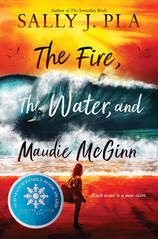
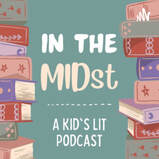
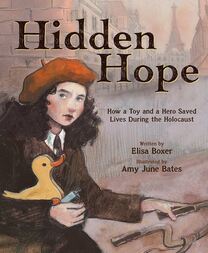
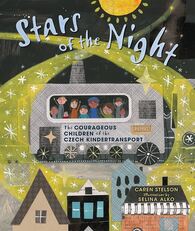
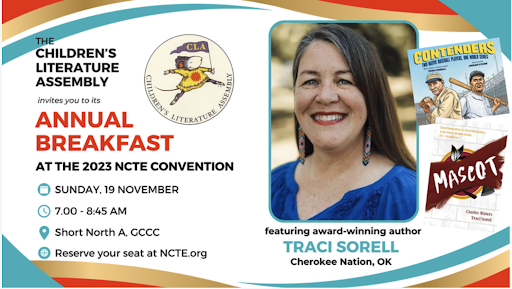
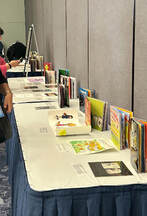
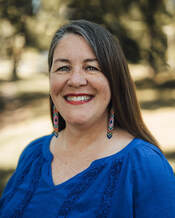
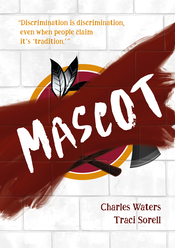
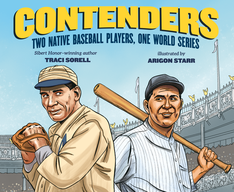
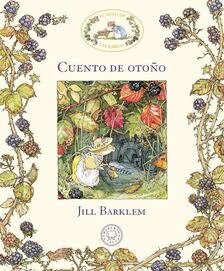
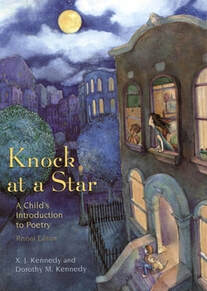
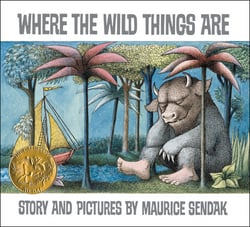
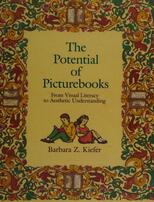
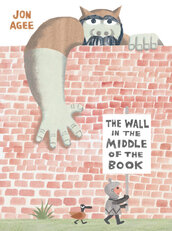
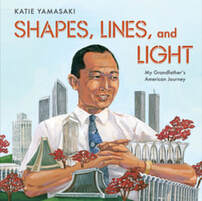
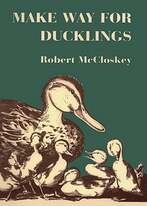

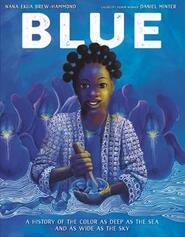
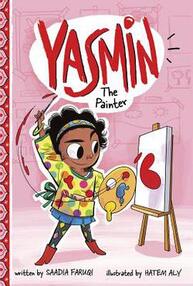
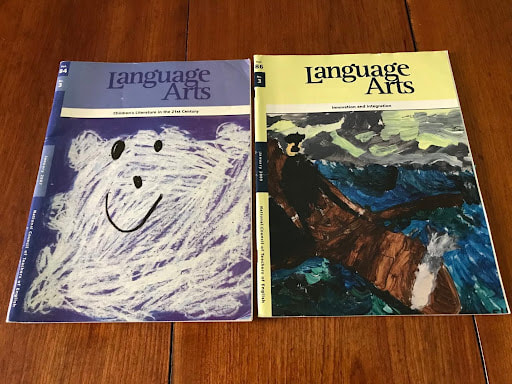
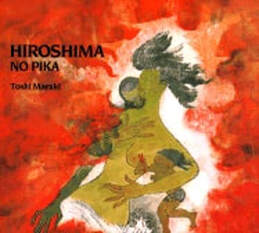
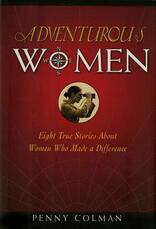
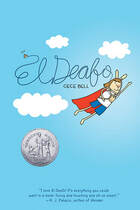
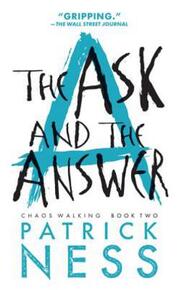
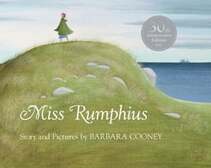
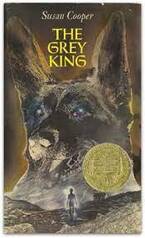
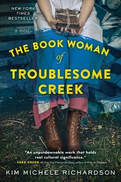
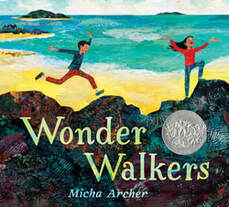
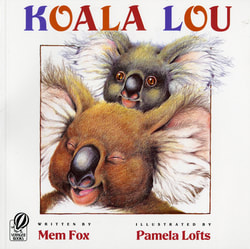
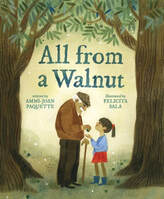
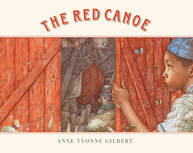
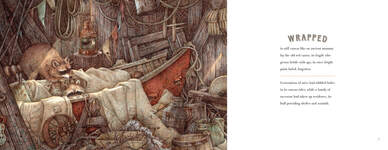
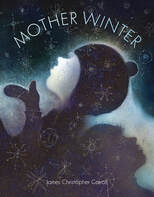
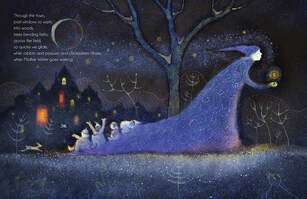
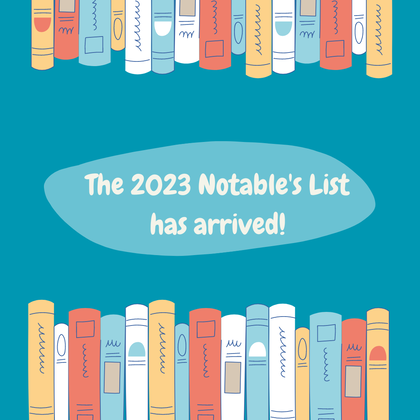
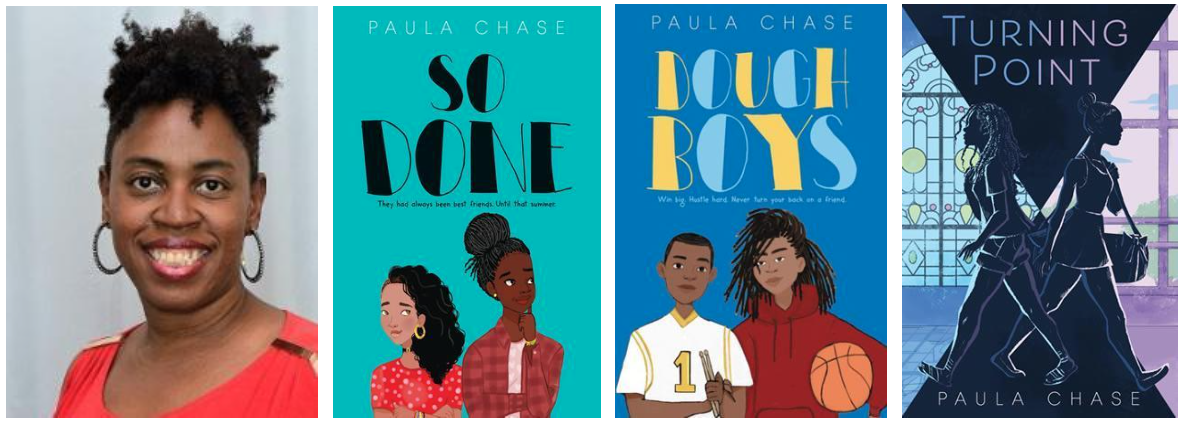
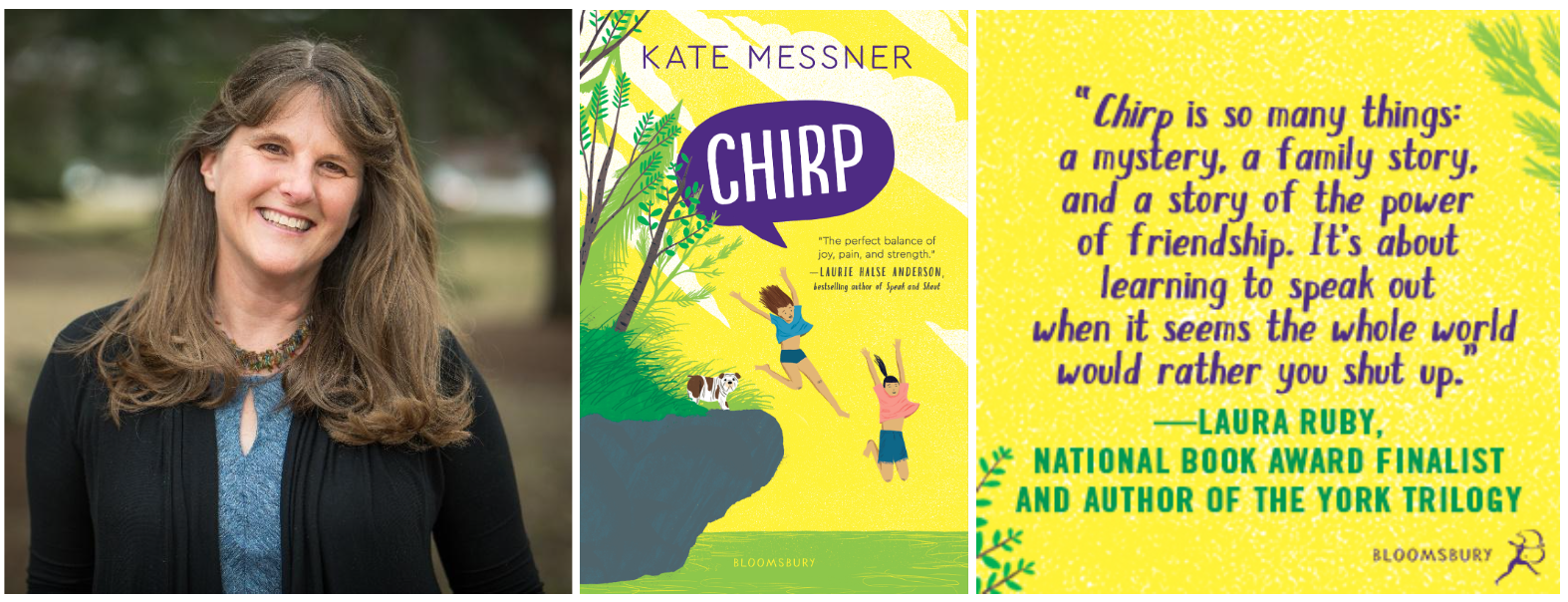
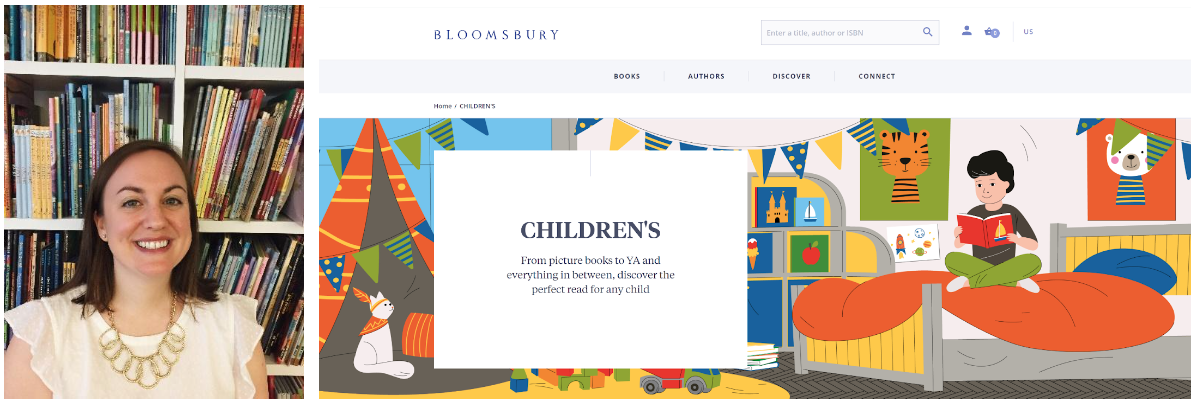
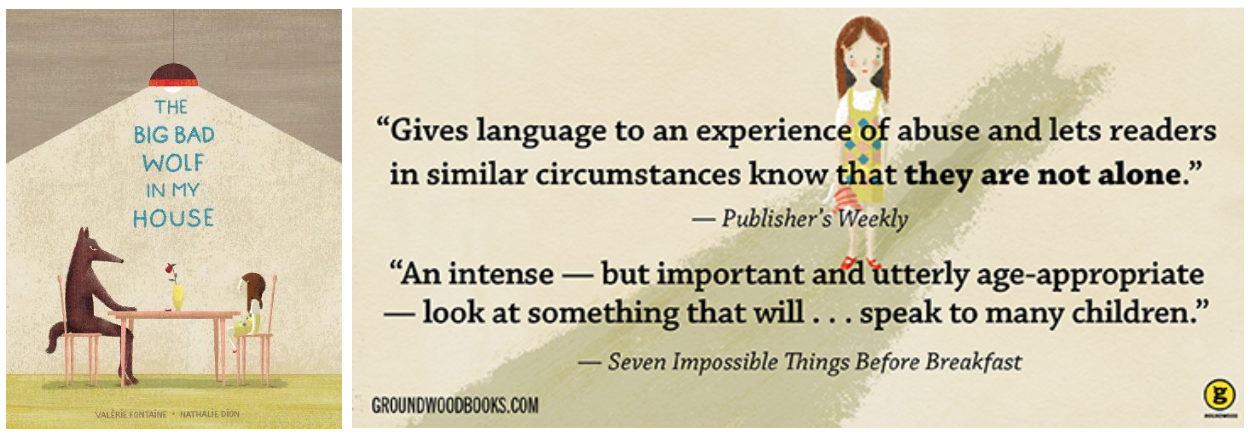
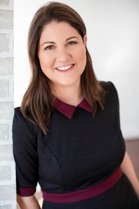


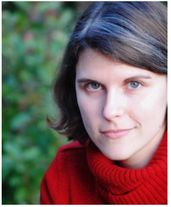


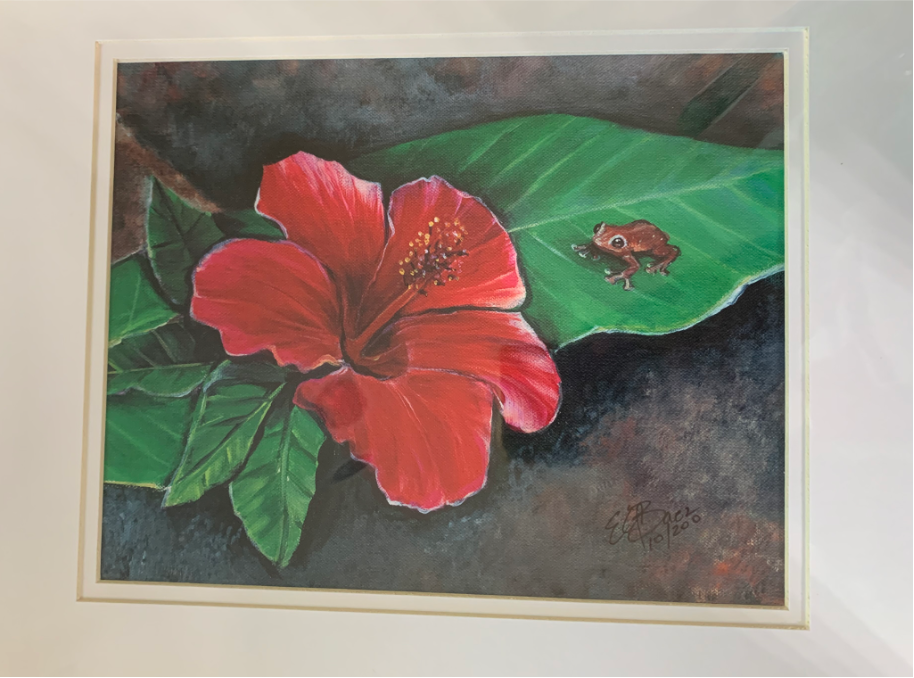
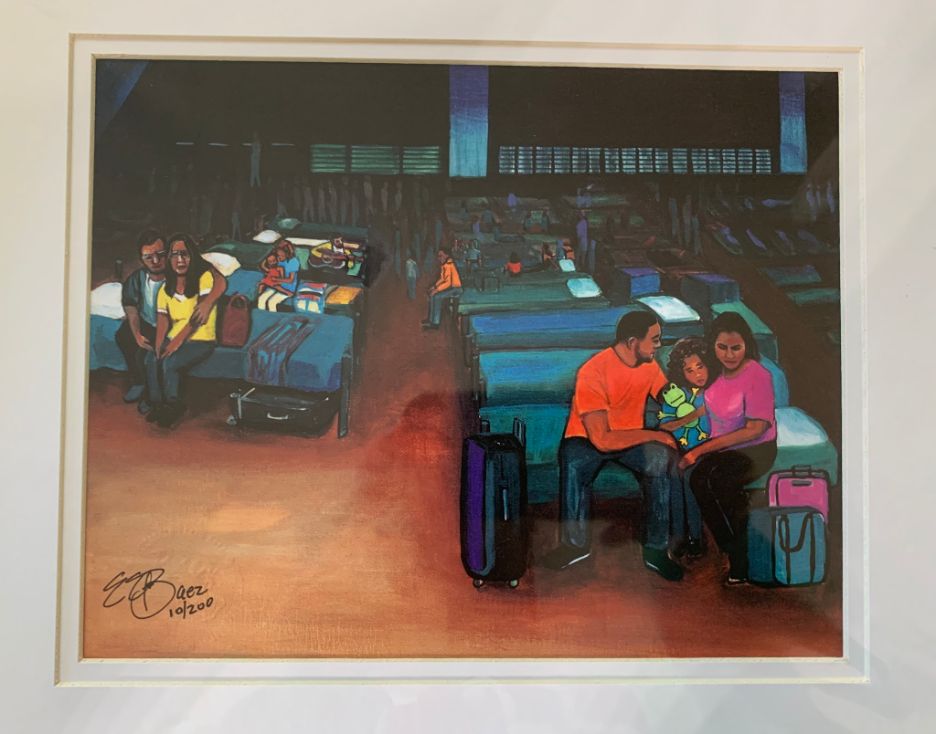
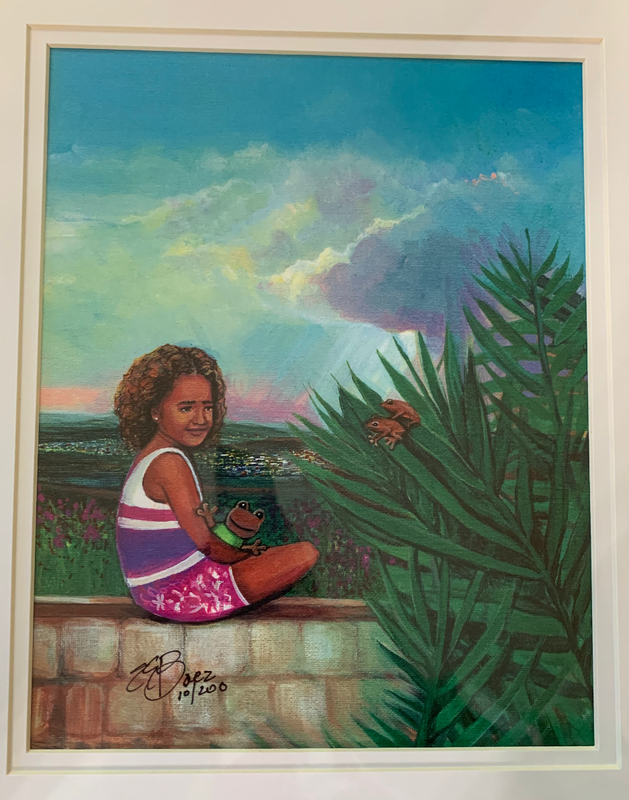
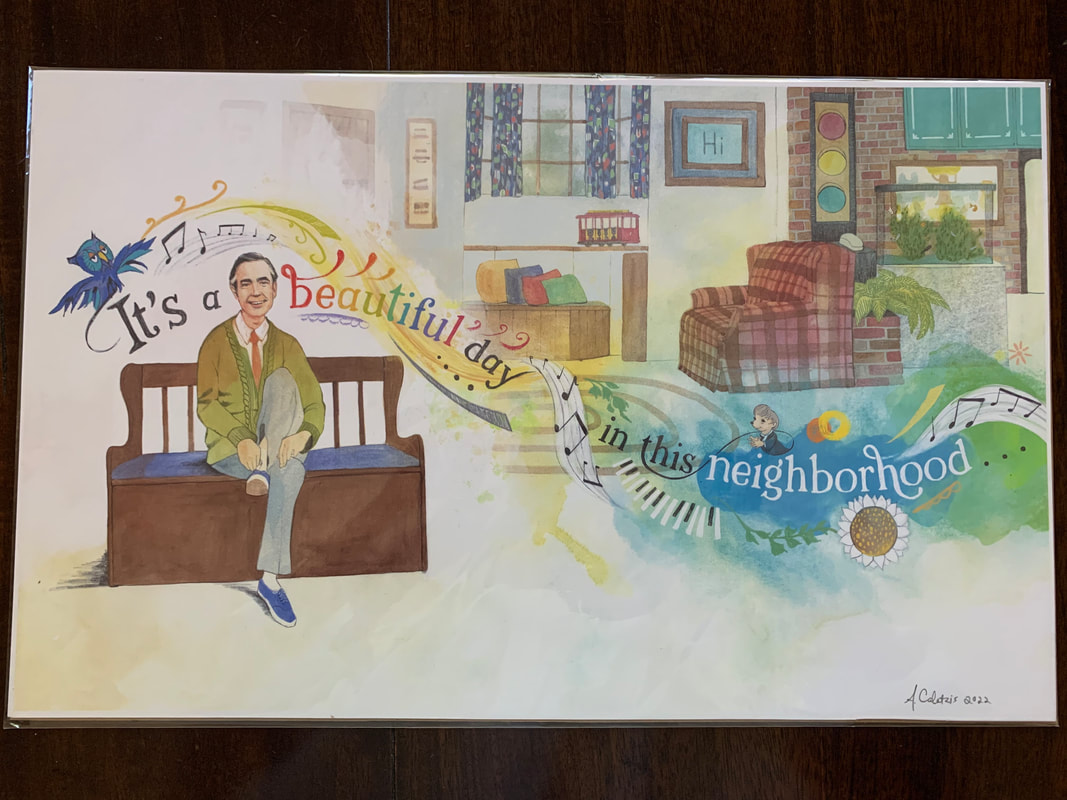
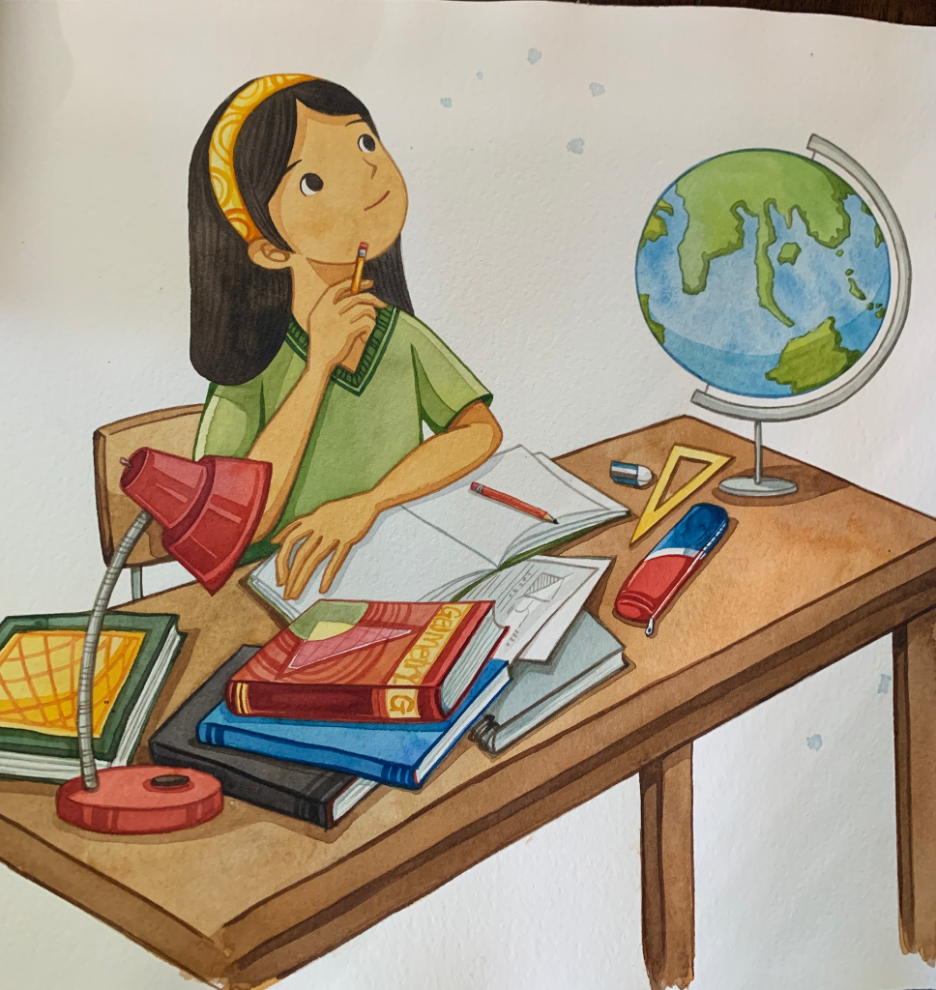
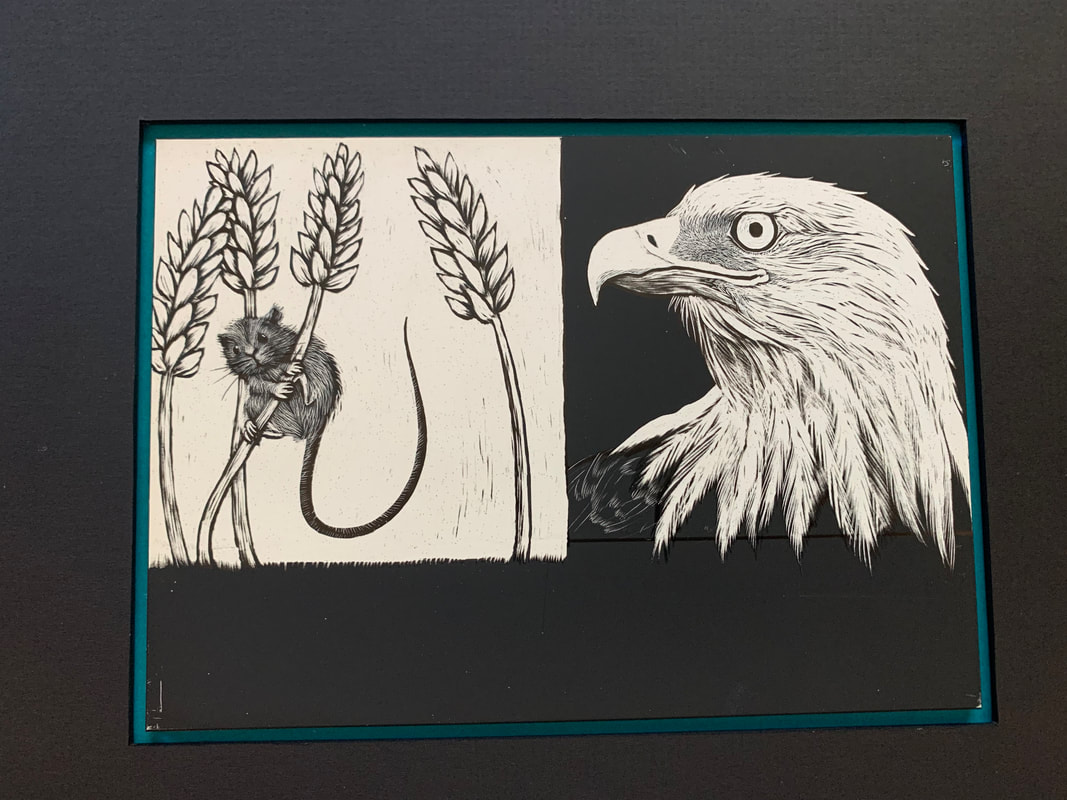
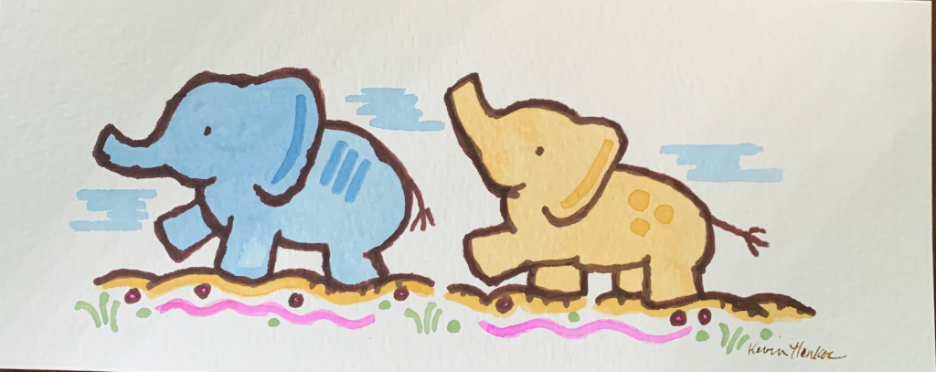
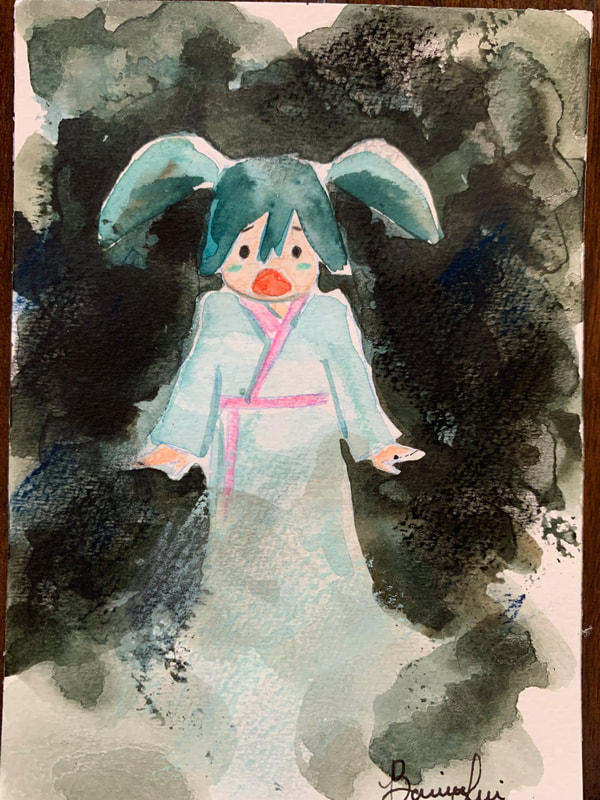
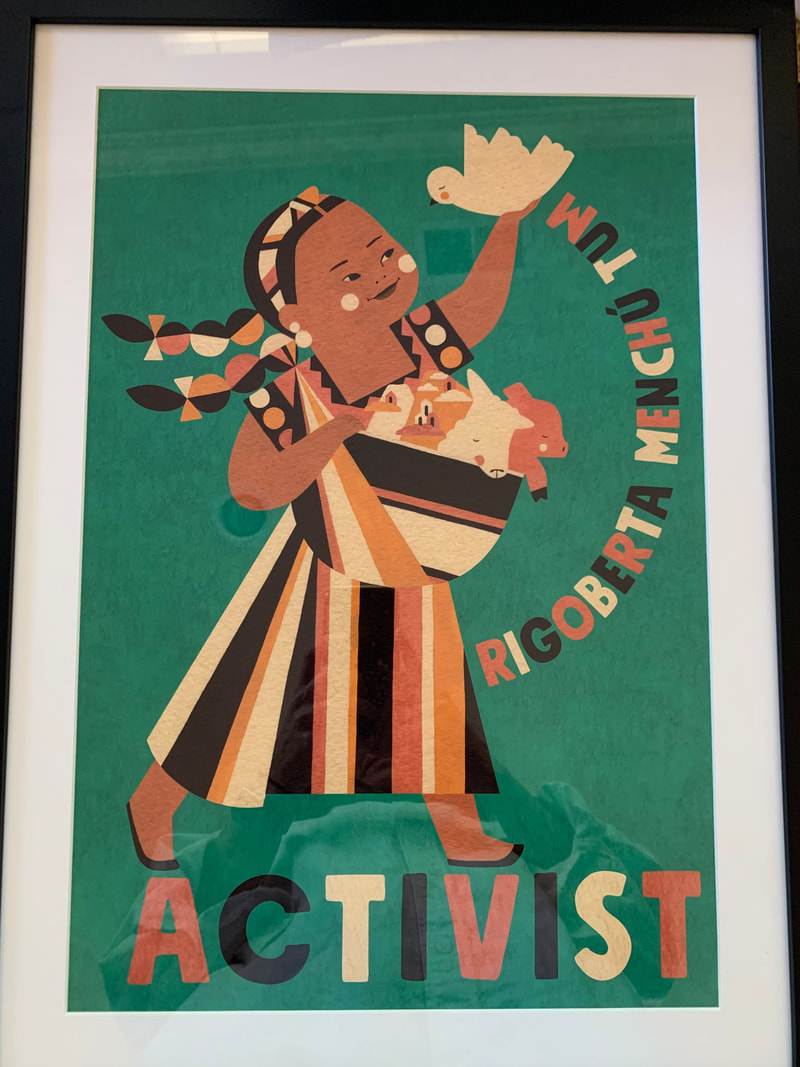
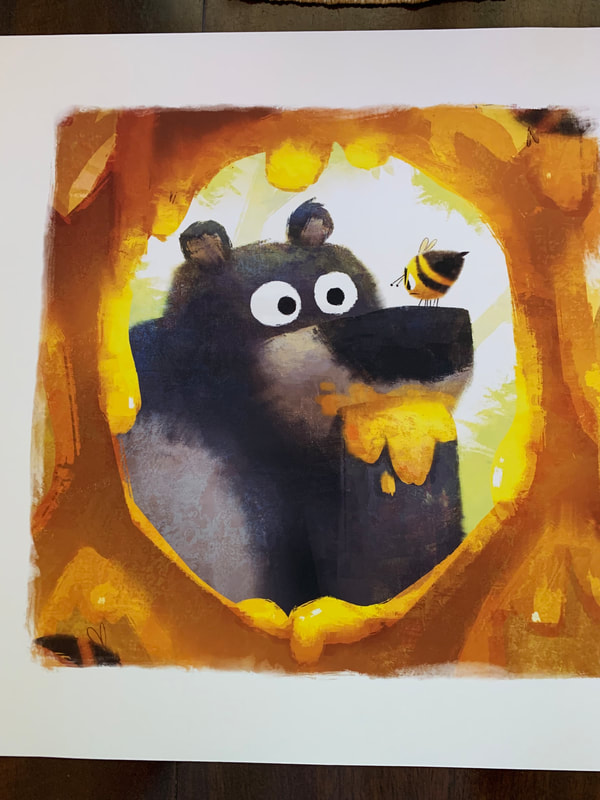
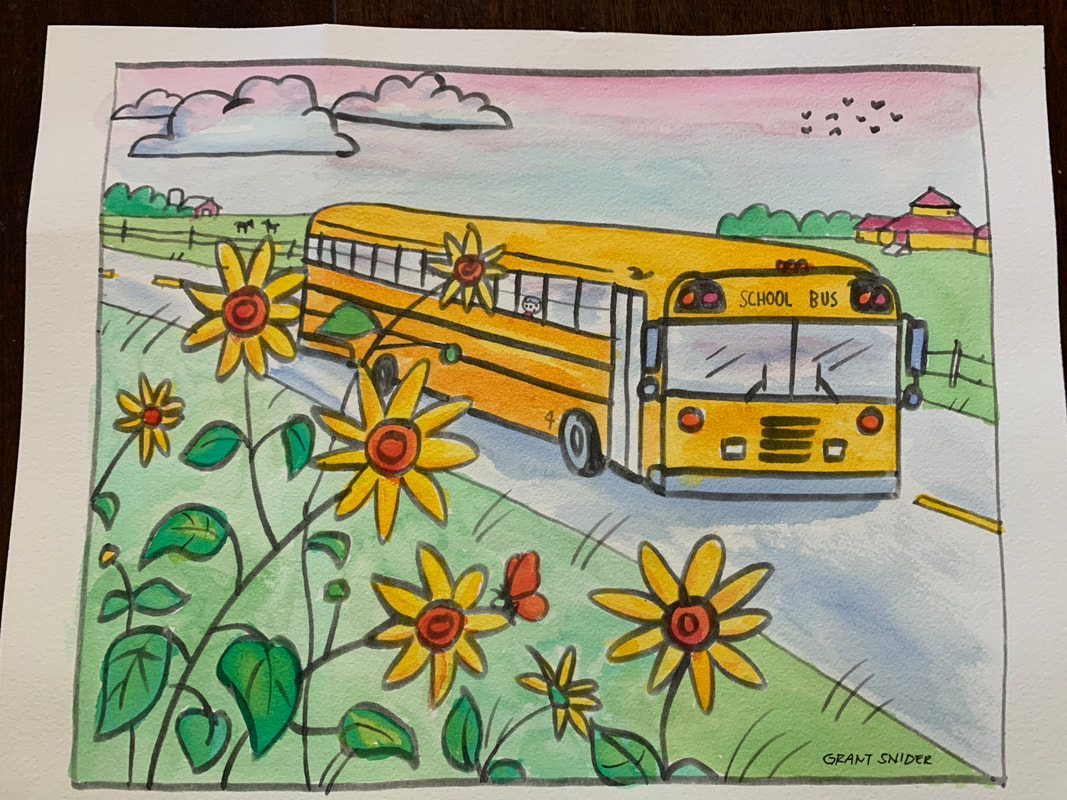
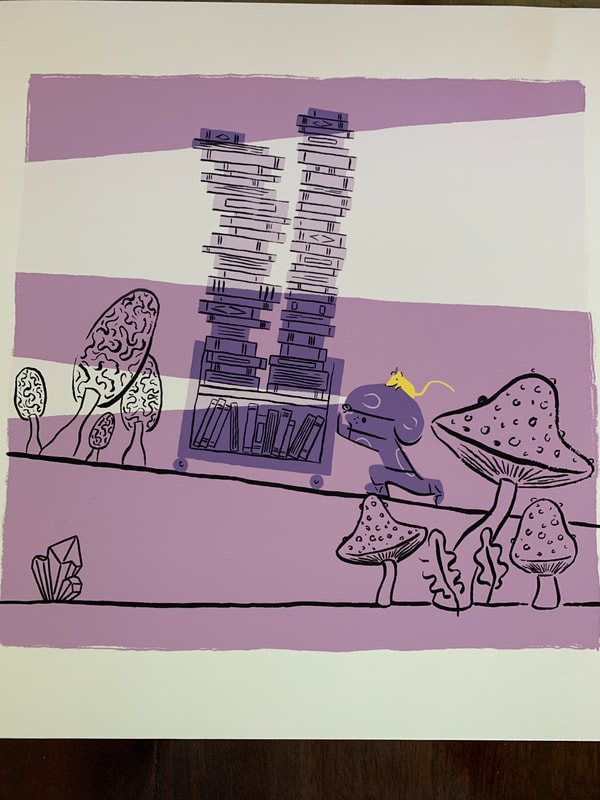
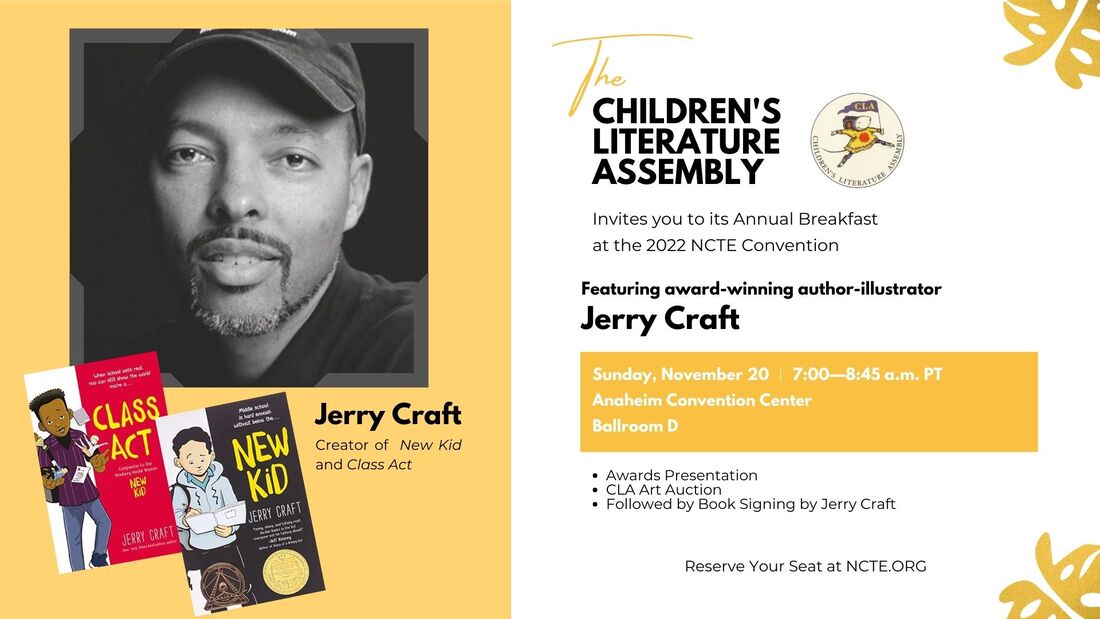
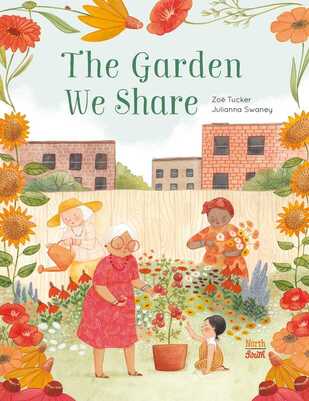
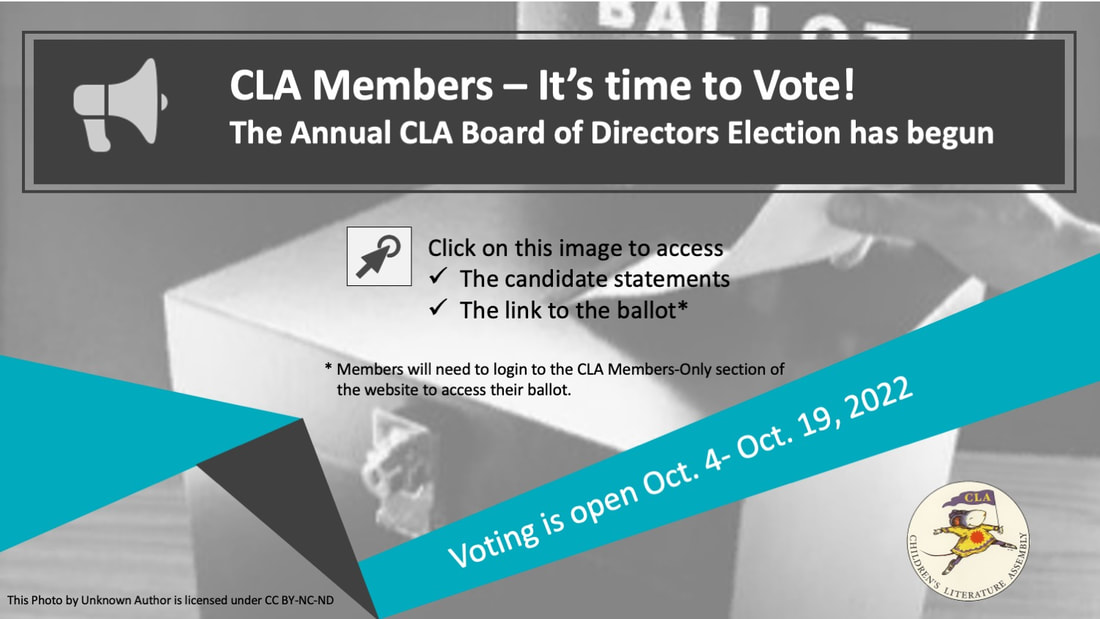
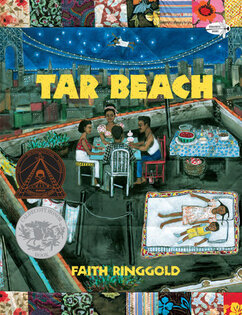
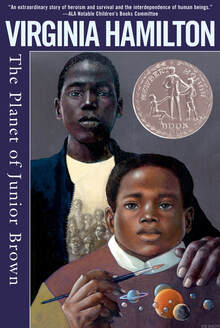
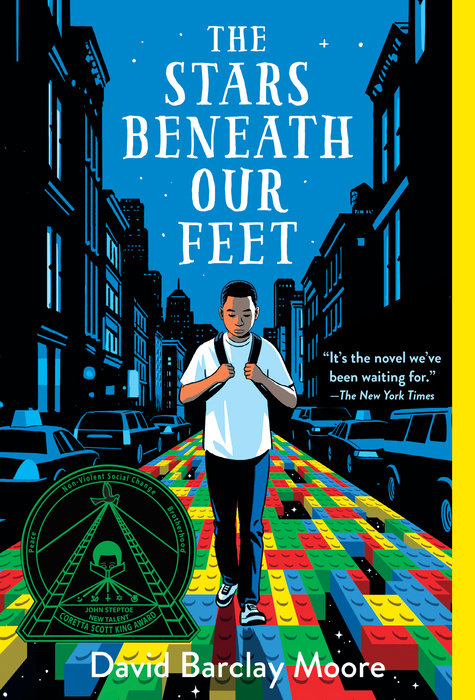
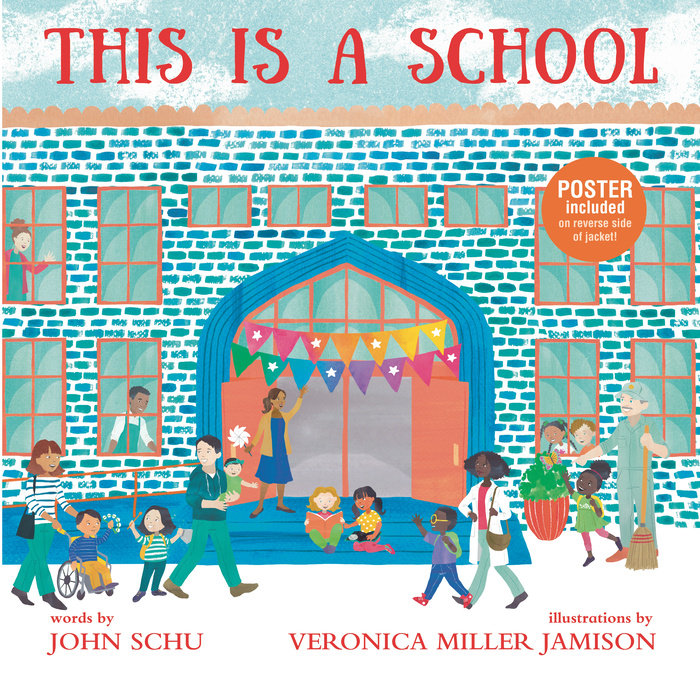
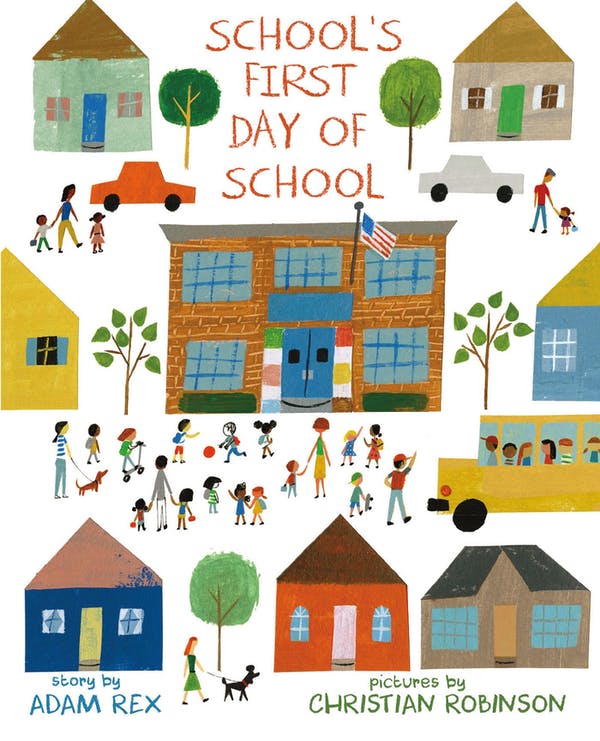
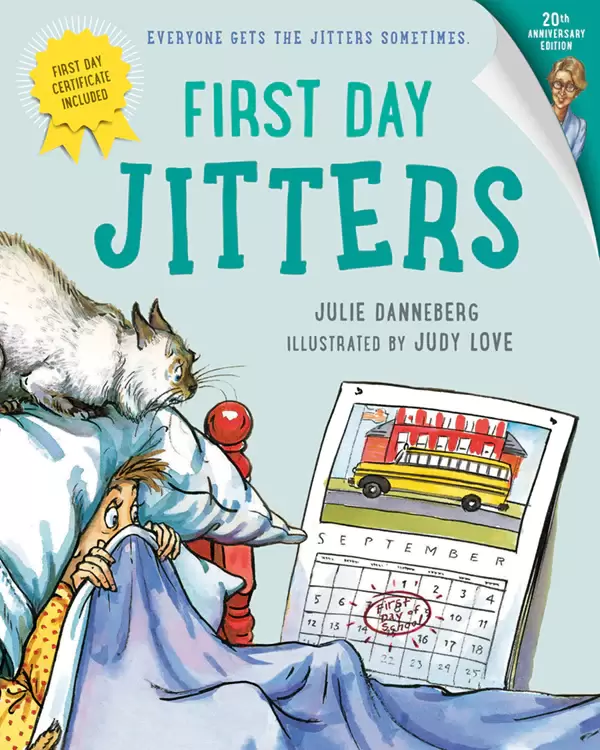
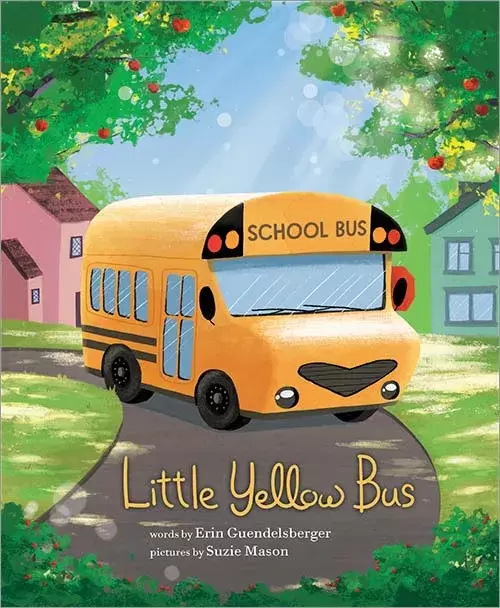
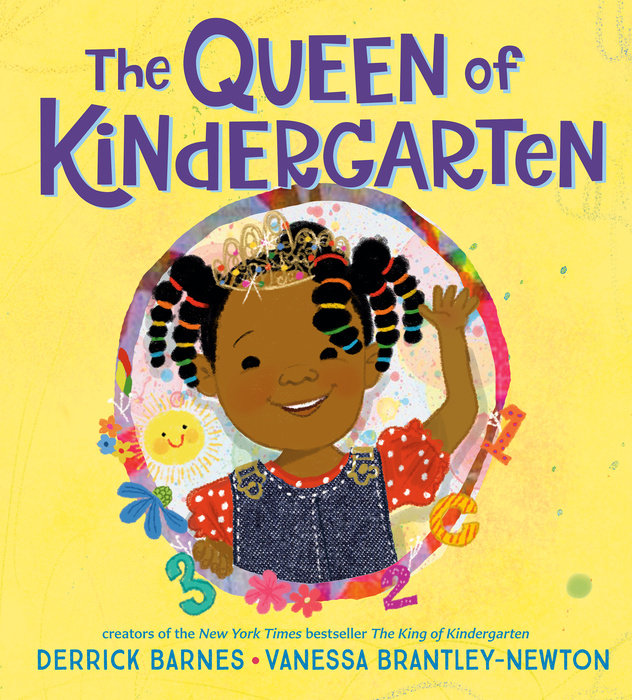
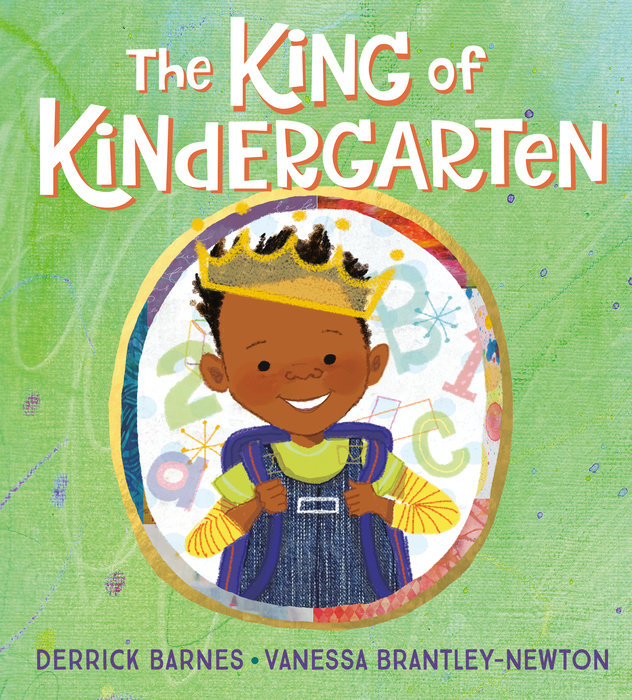
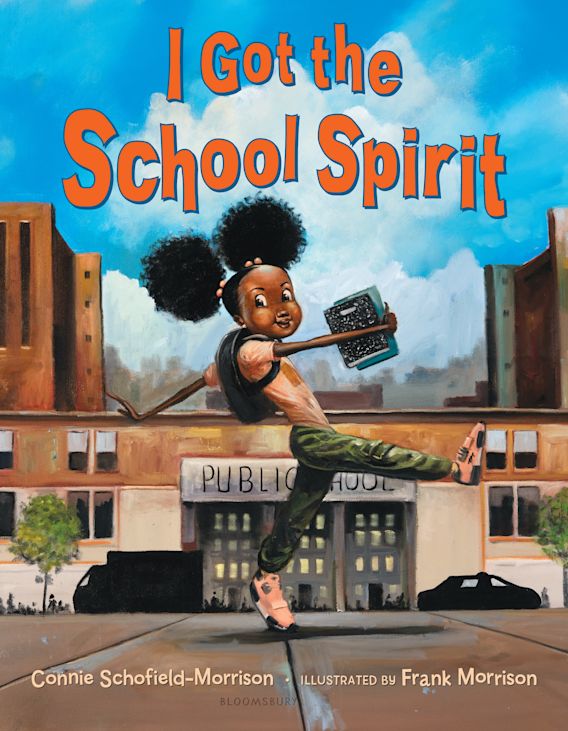
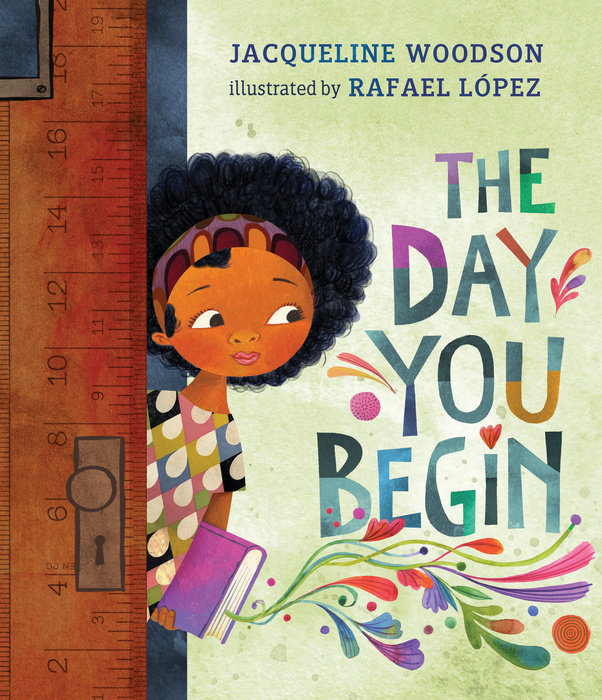
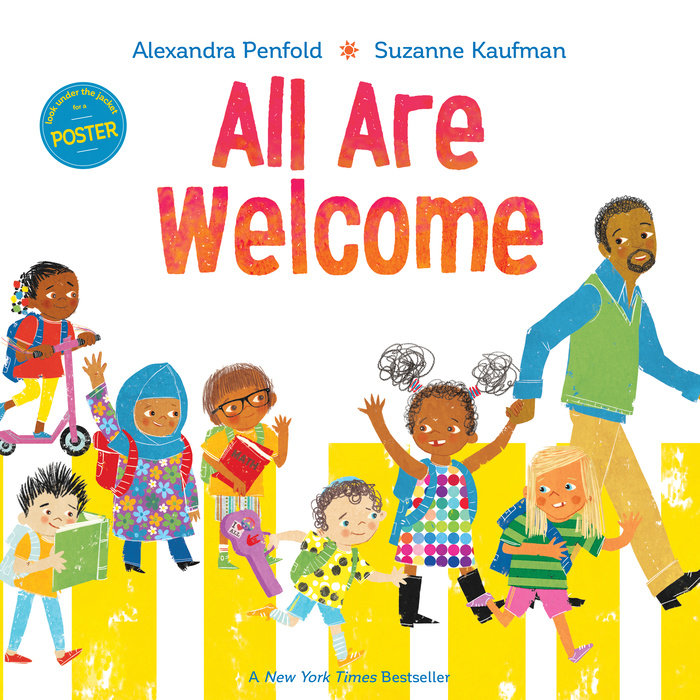
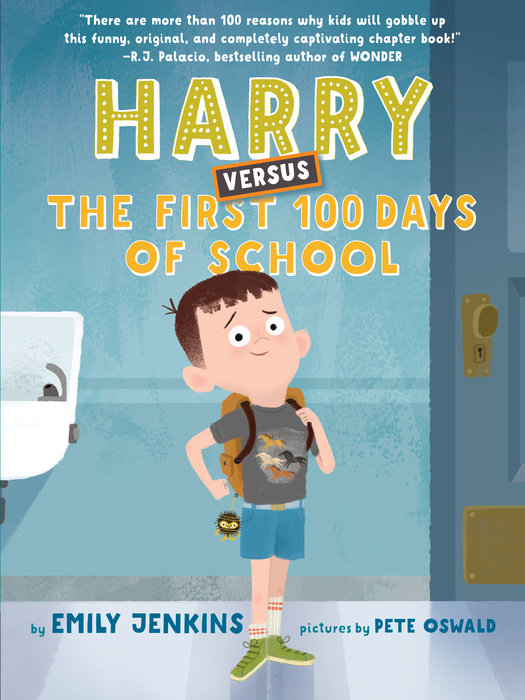
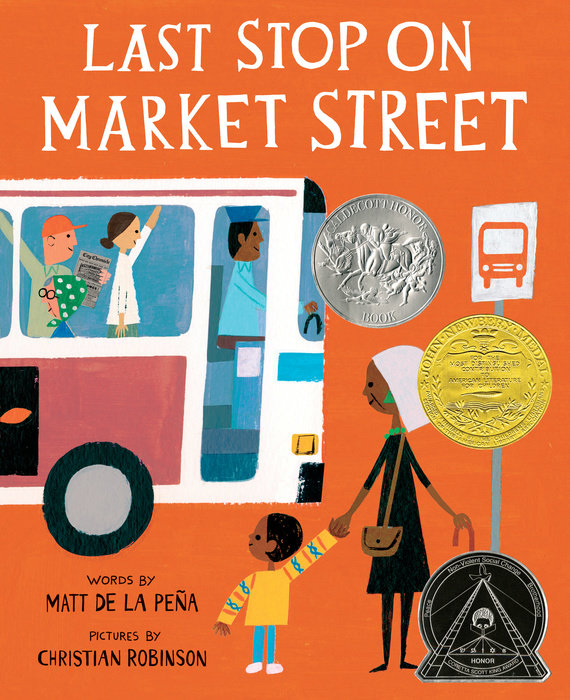
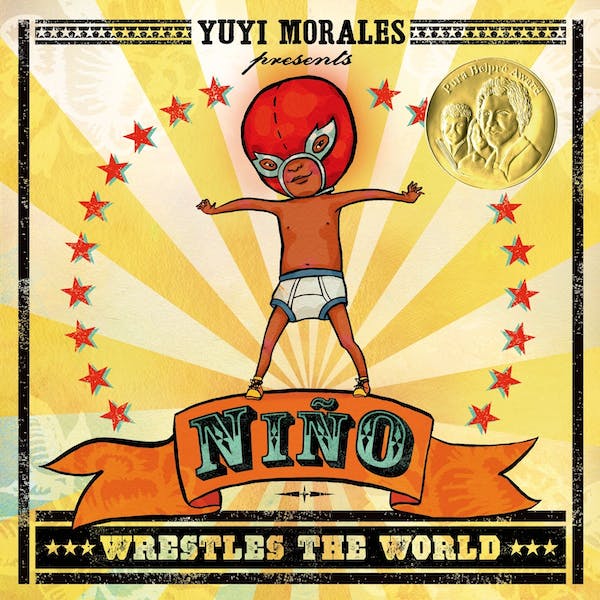
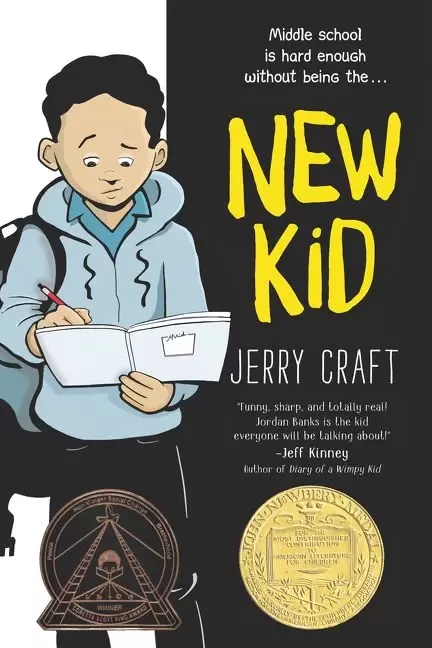

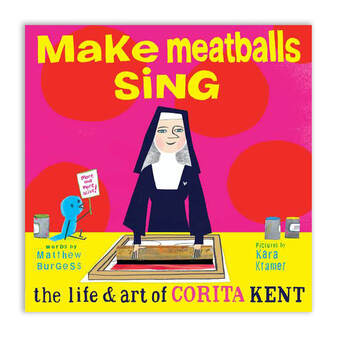
 RSS Feed
RSS Feed